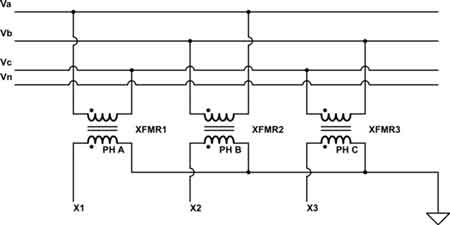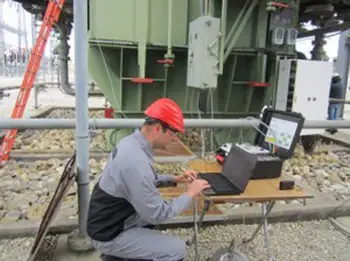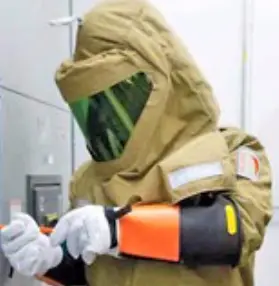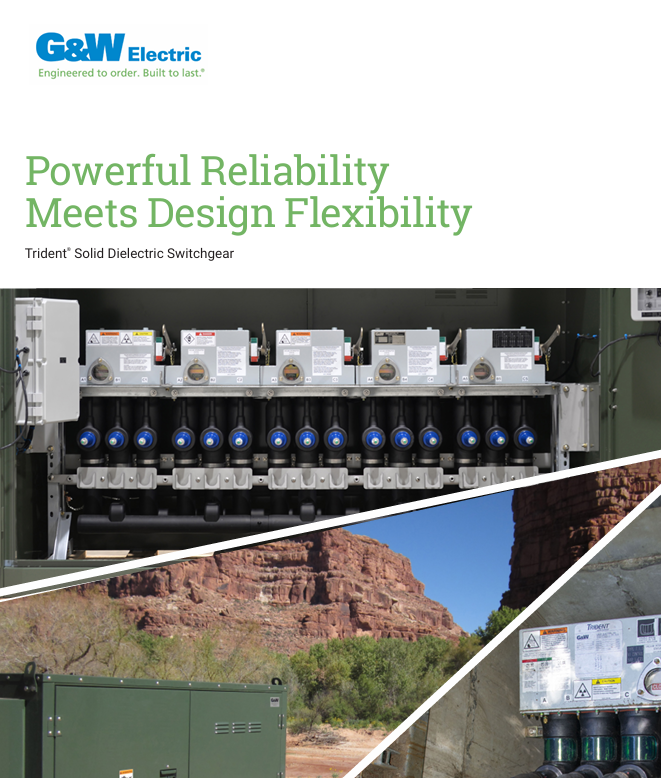Delta Wye Transformer Explained
By Howard Williams, Assocaite Editor

Substation Maintenance Training
Our customized live online or in‑person group training can be delivered to your staff at your location.

- Live Online
- 12 hours Instructor-led
- Group Training Available
Download Our OSHA FS3529 Fact Sheet – Lockout/Tagout Safety Procedures

- Learn how to disable machines and isolate energy sources safely
- Follow OSHA guidelines for developing energy control programs
- Protect workers with proper lockout devices and annual inspections
A delta wye transformer converts three-phase power between delta and wye configurations. It balances loads, reduces harmonics, and provides a neutral for grounding—making it ideal for distribution systems and industrial power applications.
What is a Delta Wye Transformer?
A delta wye transformer is a three-phase transformer with delta-connected primary windings and wye-connected secondary windings. It:
✅ Converts power between delta and wye configurations for flexible system design
✅ Provides a neutral point for grounding and single-phase loads
✅ Minimizes harmonic distortion and balances unbalanced loads
Electrical Transformer Maintenance Training
Substation Maintenance Training
Request a Free Training Quotation
It plays a crucial role in electrical systems. It uses a delta winding on the primary side to ensure robust handling of three-phase power. Characterized by its unique winding configurations, it offers a distinct advantage in power distribution, industrial processes, and even renewable energy systems. In power distribution networks, they efficiently step down high voltages from transmission lines to lower levels suitable for residential and commercial consumption. This voltage transformation ensures the safe and reliable delivery of electricity to homes and businesses. For foundational knowledge on transformer operation and power flow, see our article on how transformers work.
Moreover, a delta wye transformer contributes to voltage regulation and load balancing, maintaining consistent power quality across the network. Beyond power distribution, these units find applications in industrial settings, powering heavy machinery and facilitating various manufacturing processes. Their ability to handle unbalanced loads makes them ideal for industrial environments where load fluctuations are common. Furthermore, they are increasingly integrated into renewable energy systems, such as solar and wind farms, where they efficiently convert and transfer power generated from these sources to the grid. To understand how three-phase transformer configurations impact distribution efficiency, see our guide on 3-phase transformers.
Sign Up for Electricity Forum’s Electrical Transformers Newsletter
Stay informed with our FREE Electrical Transformers Newsletter — get the latest news, breakthrough technologies, and expert insights, delivered straight to your inbox.
Transformer Connection Comparison Table
| Feature / Function | Delta Connection | Wye Connection | Delta-Wye Transformer |
|---|---|---|---|
| Primary Winding Configuration | Delta (∆) | Wye (Y) | Delta (∆) |
| Secondary Winding Configuration | Delta (∆) | Wye (Y) | Wye (Y) |
| Neutral Availability | No | Yes | Yes (at secondary side) |
| Grounding Capability | Limited | Strong | Provides grounded neutral for fault protection |
| Load Balancing | Moderate | Limited with unbalanced loads | Handles unbalanced loads effectively |
| Phase Shift | 0° | 0° | Typically 30° phase shift |
| Common Applications | Industrial motor loads | Long-distance transmission lines | Distribution, industrial systems, renewable energy |
| Harmonic Mitigation | Limited | Minimal | Reduces triplen harmonics |
| Voltage Conversion | Line-to-line only | Line-to-neutral available | Line-to-line to line-to-neutral conversion |
| Maintenance Considerations | Requires balanced load | Prone to neutral shifting | Requires grounding and phase shift awareness |
Advantages and Disadvantages
While a delta wye transformer offers numerous benefits, it's important to acknowledge its limitations. Compared to other configurations like delta-delta or wye-wye, delta-wye connections may exhibit lower efficiency under certain conditions. Additionally, the presence of a neutral point in the wye winding can introduce complexities in grounding and fault protection. However, careful system design and grounding practices can mitigate these potential drawbacks. Overall, the advantages of a delta wye transformer, particularly its ability to handle unbalanced loads and provide a stable neutral point for grounding, often outweigh the disadvantages in many applications. They are commonly used alongside distribution transformers to deliver safe, stepped-down power for residential and commercial applications.
Voltage and Current Relationships
To understand the operation of a delta wye transformer, it's crucial to grasp the relationship between voltage and current in its windings. The delta-connected primary winding receives three-phase power, while the wye-connected secondary winding outputs three-phase power with a phase shift. This phase shift, typically 30 degrees, is a defining characteristic of this kind of dry-type transformer. The voltage transformation ratio depends on the turns ratio of the windings, while the current transformation is inversely proportional to the voltage transformation. Vector diagrams provide a visual representation of these relationships, illustrating the phase shifts and power flow within the delta wye transformer. If you're interested in how these systems support substation operations, explore our detailed overview of the electrical substation transformer.
Harmonics: Managing Distortion in Delta-Wye Systems
A critical consideration in delta-wye phase transformer applications is the generation and mitigation of harmonics. Harmonics, which are multiples of the fundamental frequency, can arise from non-linear loads connected. These harmonics can distort the voltage and current waveforms, potentially leading to equipment malfunction and reduced efficiency. Due to their connection configuration, they can mitigate certain harmonics, but additional filtering measures may be necessary in applications with significant harmonic distortion. Learn more about grounding transformers and how neutral point grounding improves system stability and fault protection.
Grounding: Ensuring Safety and System Stability
Grounding plays a vital role in delta-wye systems, ensuring safety and system stability. The neutral point of the wye winding provides a convenient grounding point, allowing for the safe discharge of fault currents to earth. Proper grounding practices minimize the risk of electrical shock and equipment damage in the event of a fault. Moreover, grounding helps stabilize the system voltage and reduces the likelihood of voltage oscillations that can disrupt power quality.
It plays a crucial role in electrical systems, particularly in managing phase distribution and accommodating single-phase loads. In these kinds of voltage reduction devices, delta types use a delta winding on the primary side to ensure robust handling of three-phase power. This design allows the windings to be connected in a triangle-like configuration, supporting efficient phase balancing. Meanwhile, the secondary side often uses a delta-wye transformer connection with a grounded neutral. This grounded neutral provides stability and safety, facilitating the connection of a neutral wire that aids in handling imbalanced loads across phases. These connections are advantageous in distributing power evenly while allowing for a reliable path to support single-phase load requirements.
Related Articles








